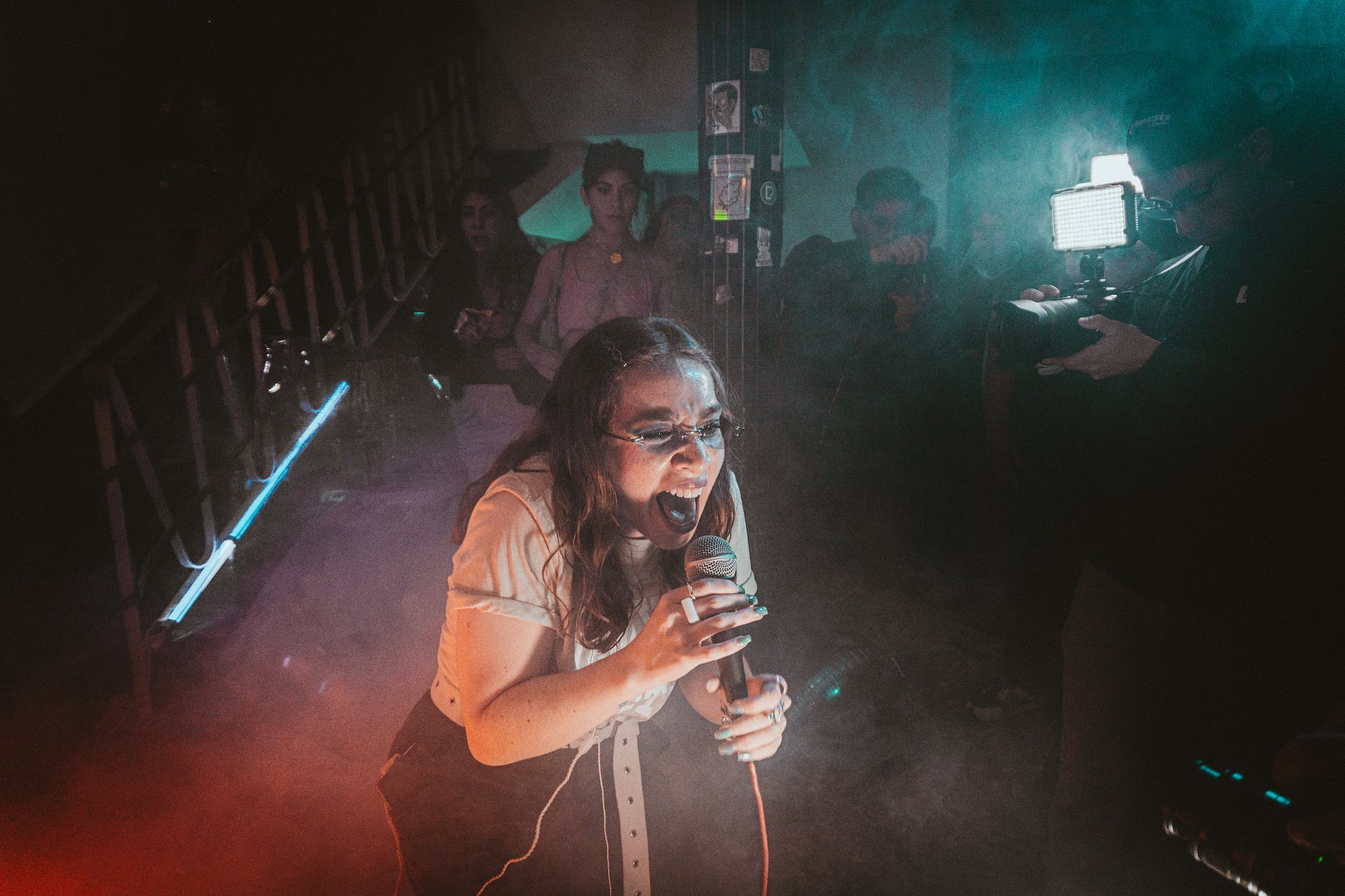Psychedelic art, with its vibrant colors, intricate visual patterns, and abstract notions, rapidly changed pop culture’s course during the latter half of the 20th century. As we draw further into the 21st century, it continues to be influential, playing a prominent role in film, fashion, advertising, tattoos, digital art, and more.
Psychedelic art isn’t merely a style of artistic expression; it’s a rebellious movement of sorts that sought to challenge society’s established norms and provoke holistic thinking. In essence, it is an open invitation for viewers to explore alternative perspectives — to transcend ordinary consciousness and envision a different reality.
A surge in psychedelic art’s popularity can be traced back to the 1960s, a period characterized by widespread social and cultural change. The movement primarily began within music’s realm with album covers showcasing colorful, surreal, and sense-altering visual experiences. The Beatles’ ‘Sgt. Pepper’s Lonely Hearts Club Band’ and Pink Floyd’s ‘The Dark Side of The Moon’ are iconic images of this period and have left a lasting influence on graphic design in music.
The impact of psychedelic art seeped into the film industry too, inspiring the creation of fantasy worlds and challenging conventional film narration. Stanley Kubrick’s pivotal ‘2001: A Space Odyssey’ applied psychedelic aesthetics to spacecrafts and peculiar landscapes. The film was revolutionary, demonstrating how psychedelic art could be innovatively integrated into a mainstream film experience. Contemporary films like ‘Fear and Loathing in Las Vegas’ and ‘Enter The Void’ continue to lean into this heady aesthetic.
Psychedelic art didn’t just resonate with the sonic and visual arts, but also had a profound influence within the world of fashion. Yves Saint Laurent’s 1971 spring/summer line, known as the ‘Scandal’ collection, unabashedly explored psychedelic themes. Recently, fashion brands like Gucci and Prada have adopted psychedelic patterns in their collections, proving its enduring fascination.
In advertising, brands captured the public’s imagination with colorful, abstract illustrations and photography, using psychedelic art to sell everything from clothes to cars in the late 1960s. Today, this iconic imagery remains a powerful tool for advertisers. Brands like Apple have employed mind-bending design elements in their campaigns, providing a modern twist to a classic aesthetic.
Even tattoos, once viewed as a form of rebellion, embraced the colorful dimensions of psychedelic art. Every symbol, color, and form in a psychedelic tattoo holds a significance, connected to broader themes of awareness, unity, and the cyclical nature of life. Tattoo artists have adopted techniques from this art form, creating intricate designs that whirl with hypnotic colors and shapes, thus showcasing the vibrant legacy of this art movement on our bodies.
Across digital spheres, psychedelic art continues to thrive. Many digital artists use software to create hyper-dimensional landscapes. Instagram pages like Psychedelicart.com, have devoted themselves to showcasing psychedelic digital art. With the advent of AR and VR technology, creators even have the capability to create fully immersive psychedelic environments.
The enduring influence of psychedelic art within various pop culture arenas stands as a testament to its overall impact and relevance. It has not only shaped the lens through which we view art and the world but continues to evolve dynamically, expanding its reach into new creative territories.
Its influence lies not just in the vibrant colors and patterns or the distorted perceptions it often portrays. What truly sets psychedelic art apart is its inherent ability to challenge the status quo. It encourages us to peer beyond the mundane, cross boundaries, and dive deep into the enigmatic depths of our consciousness. As we continue to navigate this complex world, this capacity of psychedelic art to provoke deep thought and inspire change only ensures its enduring relevance in our culture.
Sources:
1. The Evolution Of Psychedelic Art
2. How Psychedelic Fashion Came Back Into Style
3. Psychedelicart.com Instagram Page








